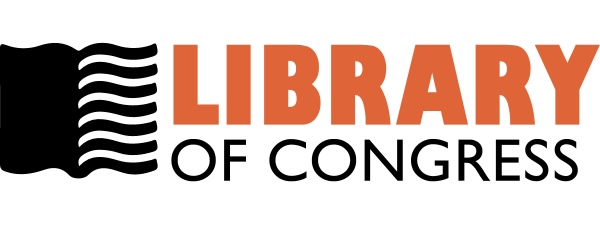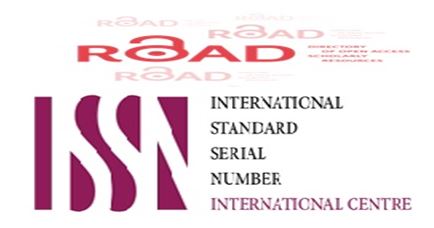Evaluation of Moderate Closed Head Injury by Visual Evoked Response
DOI:
https://doi.org/10.32007/jfacmedbagdad.553629Keywords:
Traumatic brain injury, visual evoked response.Abstract
Background: Traumatic brain injury (TBI) is a serious public health problem. Even injuries classified as mild which is the most common, can result in persistent neurobehavioural impairment. Diffuse axonal injury is a common finding after TBI, and is presumed to contribute to outcomes, but may not always be apparent using standard neuroimaging. All severities of TBI can result in a degree of axonal damage, while irreversible myelin damage was only apparent for moderate to severe TBI.
Objectives: To evaluate the effects of moderate closed head injury on visual evoked response (VER) and to assess the changes in VER 6 months later as follow up indices.
Subjects and methods: This prospective study was conducted in the Department of Neurophysiology /Hospital of Neurosurgery/Baghdad from November 2010 to February 2012, using Esoata Italian machine. Ninety three patients with moderate closed head injury (49 female and 44 male), with an age range from (5 -51) years, with a mean age of (26±11.95) years, were chosen according to Glasgow coma scale (9-12 score) undergo VER and only 86patients will follow up by VER and both were compared to control group of 55 healthy subjects.
Results: P100 wave latency of visual evoked response (VER) was found to be significantly prolonged (P100= 145.41±9.67 msec.), in patients with moderate head injury at an early measurement after injury as compared to that of the healthy (P100= 97.66±4.58 msec.), whereas, the amplitude of P100 at an early measurements is reduced significantly (2.71± 0.77 µv) when compared to healthy subjects (7.32± 1.62 µv). By 6 months post injury the latency of P100was significantly prolonged (P100=137.19±8.45msec.) when compared to that of control group, while it is significantly reduced when compared to the patients with head injury at an early measurements. However, at 6months post injury the P100 amplitude was significantly increased (amplitude =3.26±0.62μv) when compared to the patients with head injury at an early measurement whereas, significantly reduced when compared to the control group.
Conclusion: this study revealed that head injury had serious effect on the brain functions reflected by changes in VER which needs long period of time to return to normal levels.
Downloads
Downloads
Published
Issue
Section
License
Permit others to copy and distribute the manuscript; to extract, revise, and create another derivative
works of or from the manuscript (e.g., a translation); to incorporate the manuscript into a
collective work; and to text or data mine the article, even for commercial purposes, provided that
the author(s) is/are credited; the article's modifications should not harm the author's honor or
reputation; and the article should not be altered in a way that would cause the author to lose them
reputation. The Creative Commons Attribution 4.0 International License (CC BY 4.0) has more
information.




















 Creative Commons Attribution 4.0 International license..
Creative Commons Attribution 4.0 International license..


